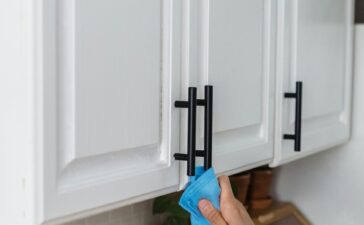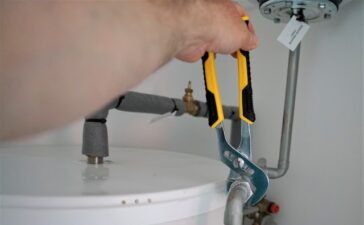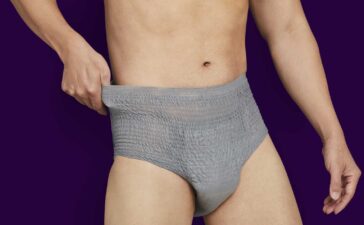When it comes to maintaining a home, the importance of a functional and reliable shower cannot be overstated. It’s not just about cleanliness; a good shower sets the tone for the day. Thus, when a shower malfunctions, it not only disrupts daily routines but also introduces the risk of water damage to your property. Understanding the basics of shower repair Adelaide is crucial for homeowners to ensure that minor issues are resolved quickly and efficiently before they escalate.

The process of repairing a shower can vary widely, depending on the nature of the problem. Common issues include leaky faucets, clogged drains, malfunctioning shower heads, and problems related to water temperature and pressure. Each of these issues requires a different approach, and recognizing the signs early can save homeowners from future headaches and costly repairs.
Leaky shower faucets are among the most common problems encountered. This issue typically stems from worn-out washers or gaskets within the faucet assembly. Over time, these components can degrade and lose their ability to seal properly, leading to persistent dripping. Fixing a leaky faucet usually involves removing the fixture to replace the faulty parts. While many homeowners opt to do this themselves, consulting with a professional can ensure that the right parts are used and that the assembly is correctly reinstalled.
Clogged drains are another frequent issue that can hinder shower functionality. Hair, soap scum, and other debris can accumulate over time, blocking water flow and leading to standing water in the shower stall. Home solutions such as baking soda and vinegar can sometimes clear minor clogs, but more severe blockages may require mechanical snaking or hydro-jetting, techniques often employed by professional plumbers to restore proper drainage.
Issues with shower heads can range from mineral buildup blocking water flow to problems with the shower head’s internal components. Often, a thorough cleaning with a descaling solution can restore water flow, but if the shower head is damaged or outdated, replacing it might be the best solution. Modern shower heads also offer improved water efficiency, which can reduce utility bills and conserve water.
Temperature fluctuations and inconsistent water pressure pose significant inconvenience and potential risks. These problems might be indicative of larger plumbing issues like faulty mixing valves or problems with the home’s water lines. In these cases, diagnosing and repairing can be complex, often requiring the expertise of a plumber to ensure that the shower not only works properly but also adheres to local plumbing codes.

Water damage resulting from shower leaks is a serious concern. Water can seep into walls and floors, promoting mould growth and structural damage. Signs of water damage include peeling paint, warped flooring, or a musty smell. Repairing water damage can be expensive, making it imperative to address leaks and drips as soon as they are noticed.
Preventive maintenance is key in avoiding the most common shower problems. Regularly cleaning the shower and checking for signs of wear and leaks can help catch issues before they escalate. It’s also wise to invest in water softeners if hard water is an issue in your area, as mineral buildup can severely affect plumbing fixtures.





